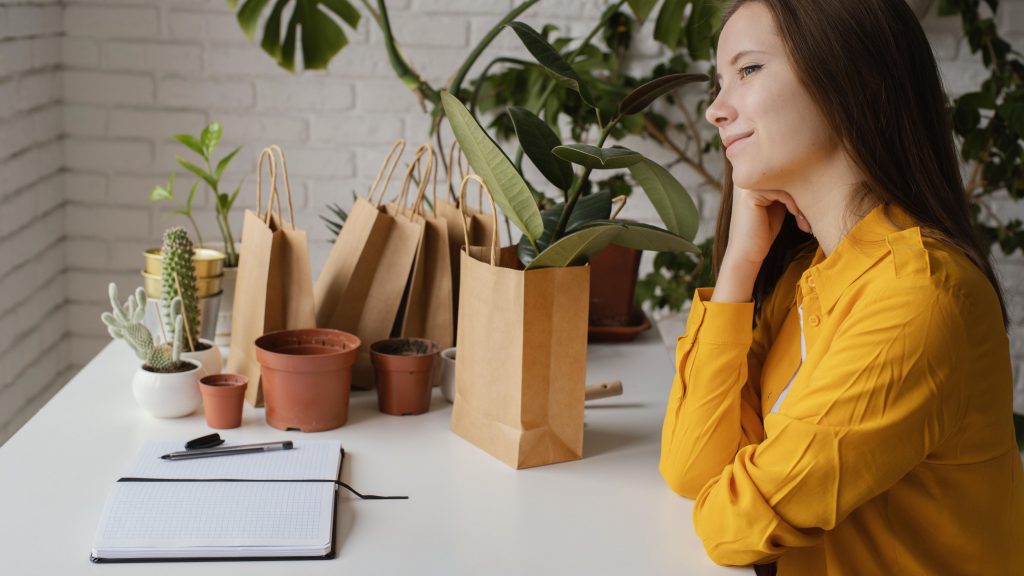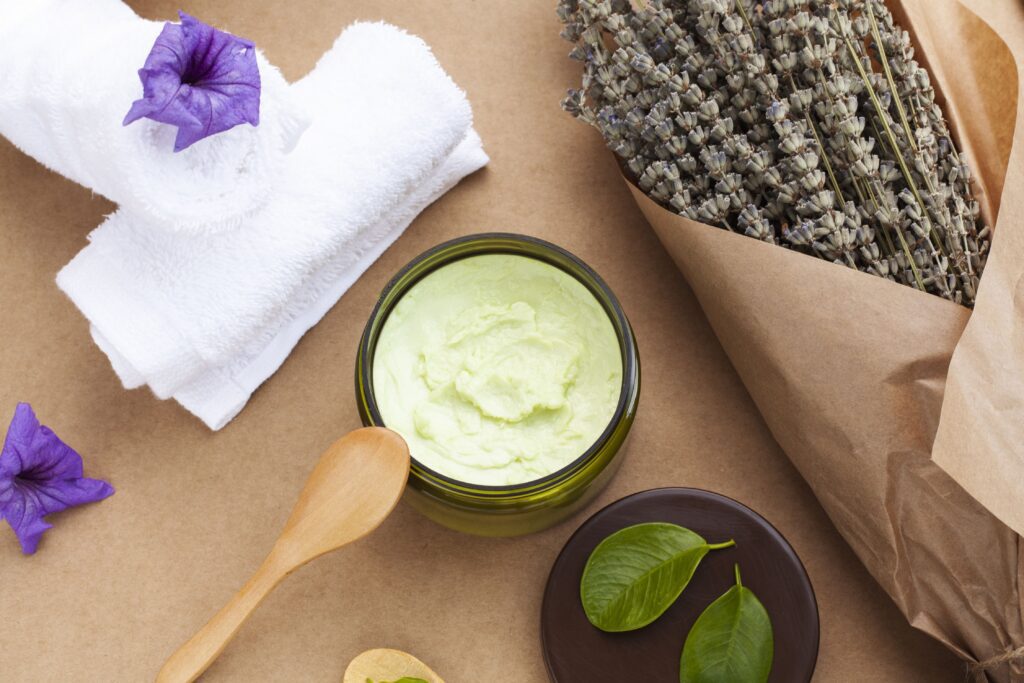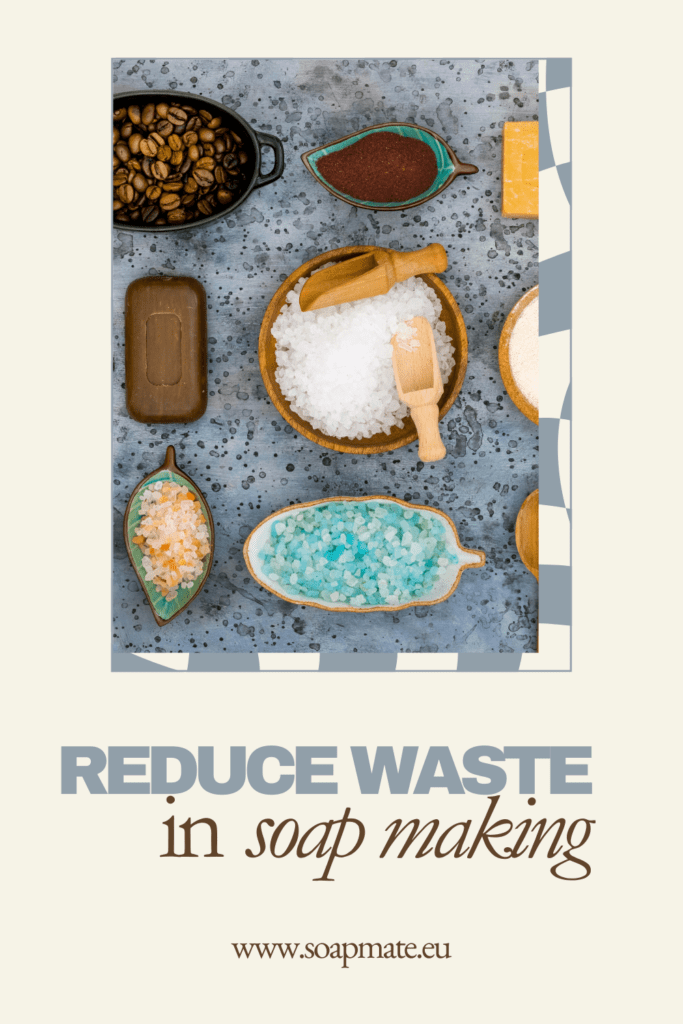Mindful Consumption: How to Reduce Waste in Soap Making Process
In today’s world, sustainability isn’t just a passing trend; it’s a movement shaping our future. For soap makers, our craft provides the unique opportunity to create products that are nourishing and functional, with minimal impact on the environment. From ingredient sourcing to packaging, every part of the soap making process can either help or harm our planet. The good news is that there are many simple, actionable ways to reduce waste in soap making and embrace zero-waste practices that enhance our art and respect the Earth.
In this article, we’ll explore a range of strategies for waste reduction in soap making, focusing on mindful consumption, efficient ingredient use, sustainable packaging, and community-building among eco-conscious artisans. By making small yet impactful changes, we can produce beautiful, effective soap that’s as gentle on the planet as it is on the skin.

Understanding Mindful Consumption in Soap Making
Mindful consumption is the foundation of any sustainable craft, and it begins with evaluating each decision you make in your soap making process. It means being thoughtful about every ingredient, tool, and packaging choice, as well as the impact each has on the environment. Adopting mindful consumption requires considering the lifecycle of everything that goes into your soap - from the moment ingredients are sourced to the disposal of waste.
One way to incorporate mindful consumption when trying to reduce waste in soap making is by choosing sustainably sourced ingredients. For instance, instead of using palm oil, which contributes to deforestation, you can opt for alternative oils like olive, coconut, or jojoba, which have lower environmental impacts when sourced responsibly.
Another aspect of mindful consumption involves ingredient tracking. By keeping a record of how much you use over time, you can determine what quantities work best for you and buy in bulk where possible, which will help you reduce waste in soap making processes, as well as in packaging. This approach also enables you to fine-tune your recipes, achieving better consistency while cutting down on wasted ingredients.

Minimizing Ingredient Waste
Using precise measurements is a key strategy which helps reduce waste in soap making, especially when dealing with expensive or rare oils and essential oils. A high-quality digital scale that measures in grams or ounces can help you achieve precision, so you only use what’s necessary for each batch. This accuracy saves you money and reduces waste by ensuring no product goes unused.
Additionally, finding ways to use every bit of your ingredients adds value to your process. Consider integrating kitchen or garden scraps like coffee grounds, citrus peels, and herbs into your soaps. For example, coffee grounds are not only excellent for gentle exfoliation but also contribute to the soap’s color and scent, creating a unique, natural product with zero added cost.
To further reduce waste in soap making, develop a routine for rotating ingredients. Oils and butters, for instance, have different shelf lives, so using those that expire sooner will prevent spoilage and ensure nothing goes to waste. Organizing your storage space by expiration date can help make this routine effortless, keeping your ingredients fresh and ready to use.

Reusing and Recycling Packaging
Packaging can be a challenge for zero-waste soap making, but there are plenty of ways to reduce, reuse, and recycle what you have. By storing oils, scents, and additives in glass jars or stainless-steel containers, you minimize single-use plastic which helps reduce waste in soap making. Glass and steel containers are both durable and easy to sanitize, making them ideal for long-term storage.
If you receive supplies in cardboard boxes or padded envelopes, don’t discard them! These can be repurposed for shipping your finished products. For fillers, use shredded paper or other biodegradable options instead of bubble wrap or styrofoam. These are just few of the eco-friendly alternatives for shipping supplies that minimize plastic use and thus also reduce waste in soap making processes.
For those able to offer a direct purchasing option, a return-and-refill program for liquid soaps or other personal care products can be an eco-friendly addition to your business. Invite customers to bring back empty containers for refills. Not only does this reduce waste in soap making processes, but it also creates a unique selling point that fosters loyalty and trust with your customers.

Using Eco-Friendly Molds and Tools
Mindfully choosing tools and molds can make a difference in order to reduce waste in soap making. Reusable molds made from stainless steel or silicone are durable, easy to clean, and free from harmful chemicals. They also reduce reliance on single-use molds, creating less waste over time. Wooden and bamboo molds are also excellent eco-friendly options; they are naturally biodegradable and, with proper care, can last for years.
Eco-friendly molds often don’t require liners, further reducing waste. If you’re still using disposable liners, consider switching to compostable parchment paper or reusable silicone liners. When your tools eventually reach the end of their life, upcycle or donate them to local craft groups or other soap makers. You can also organize swaps within your community to pass on tools you no longer need, encouraging a circular approach to crafting.
You might even consider joining a community of local artisans who share your commitment to zero-waste. Hosting tool swaps or collaborating on bulk orders with fellow soap makers can reduce your costs, minimize environmental impact, and foster connections with like-minded individuals.

Exploring Upcycled Soap Making Techniques
The scraps left over from soap making need not go to waste. Techniques like rebatching allow you to melt down leftover soap and reformulate it, creating new products from what would otherwise be discarded, thus helping reduce waste in soap making. Rebatched soaps often have a rustic, artisanal appearance that customers love, and adding a dash of color or essential oils can turn these into unique bars that highlight your zero-waste commitment.
Soap scraps can also be layered to create beautiful, multi-colored bars that showcase the diversity of your product line. This process is especially useful for batches that may not have turned out as expected, as it allows you to integrate imperfections into a stunning finished product. Alternatively, make small soap bundles or samplers using leftover pieces, giving customers a way to try a variety of scents and styles in one purchase.
For those feeling adventurous, mixing scraps with ingredients like oatmeal or activated charcoal can create visually interesting bars that also provide benefits like exfoliation or gentle cleansing. Adding labels that describe the eco-conscious upcycling process can further appeal to customers seeking sustainable options.

Crafting Waste-Free Packaging for Your Finished Products
Packaging your finished soaps with eco-friendly materials not only helps reduce waste in soap making, but also aligns your brand with sustainability. Many customers value eco-friendly packaging as much as the product itself, so consider alternatives like biodegradable cloth wraps, recyclable boxes, or even plantable paper, which can grow wildflowers when planted.
If you’re looking for something more decorative, kraft paper and recycled materials can be easily personalized with natural dyes, stamps, or biodegradable ink. Customers love the personal touch, and it reinforces the eco-friendly values that make your brand unique.
For an interactive touch, consider using seed paper packaging that customers can plant after unwrapping their soap. This not only cuts down on waste but offers customers a memorable, hands-on experience that connects them with nature. Additionally, including a note that explains the plantable paper or other packaging choices shows customers you’re committed to reducing waste.

Embracing a Mindful Soap Making Community
As a soap maker, joining a community of like-minded artisans who prioritize zero-waste practices can provide invaluable support and inspiration. Engaging in discussions, sharing resources, and exchanging tips keeps you motivated to improve your process. Online forums, social media groups, and local meetups offer a wealth of knowledge and foster camaraderie among those pursuing eco-friendly soap making.
Community involvement can also lead to collaborative opportunities. Whether through bulk buying, shared sourcing, or organizing local events, you can reduce your carbon footprint and build meaningful relationships with others who share your values. Participating in craft fairs or eco-friendly markets is another way to meet other makers and connect with customers who appreciate zero-waste initiatives.
Being part of a mindful soap making community not only supports your zero-waste goals but strengthens the movement as a whole. Together, your efforts create a ripple effect, inspiring others to adopt eco-friendly practices and supporting a more sustainable future for the soap making industry.

Final Thoughts on Ways to Reduce Waste in Soap Making
While initiating your soap making journey, it might be difficult to experiment as much as you want while also being conscious about the waste made. Therefore, it's important to be mindful with the choices you make regarding the soaps that you make (especially if you are planning to sell them), and also the packaging and storage items you use. There are many different ways how to reduce waste in soap making, which will help not only the planet and nature, but also the clarity of your processes and environment you make soap in.

This article was all about how to reduce waste in soap making, without sacrificing creativity and experimenting with different oils and butters. While we're all about being bold and acing your creativity game, we also want to remind people about the variety of ways this inspiring craft can become a burden for the planet and our own environment, so it's important to pay attention and apply small changes that will lead to reducing waste in soap making. For more soap making tips and tricks, visit our blog section here.
